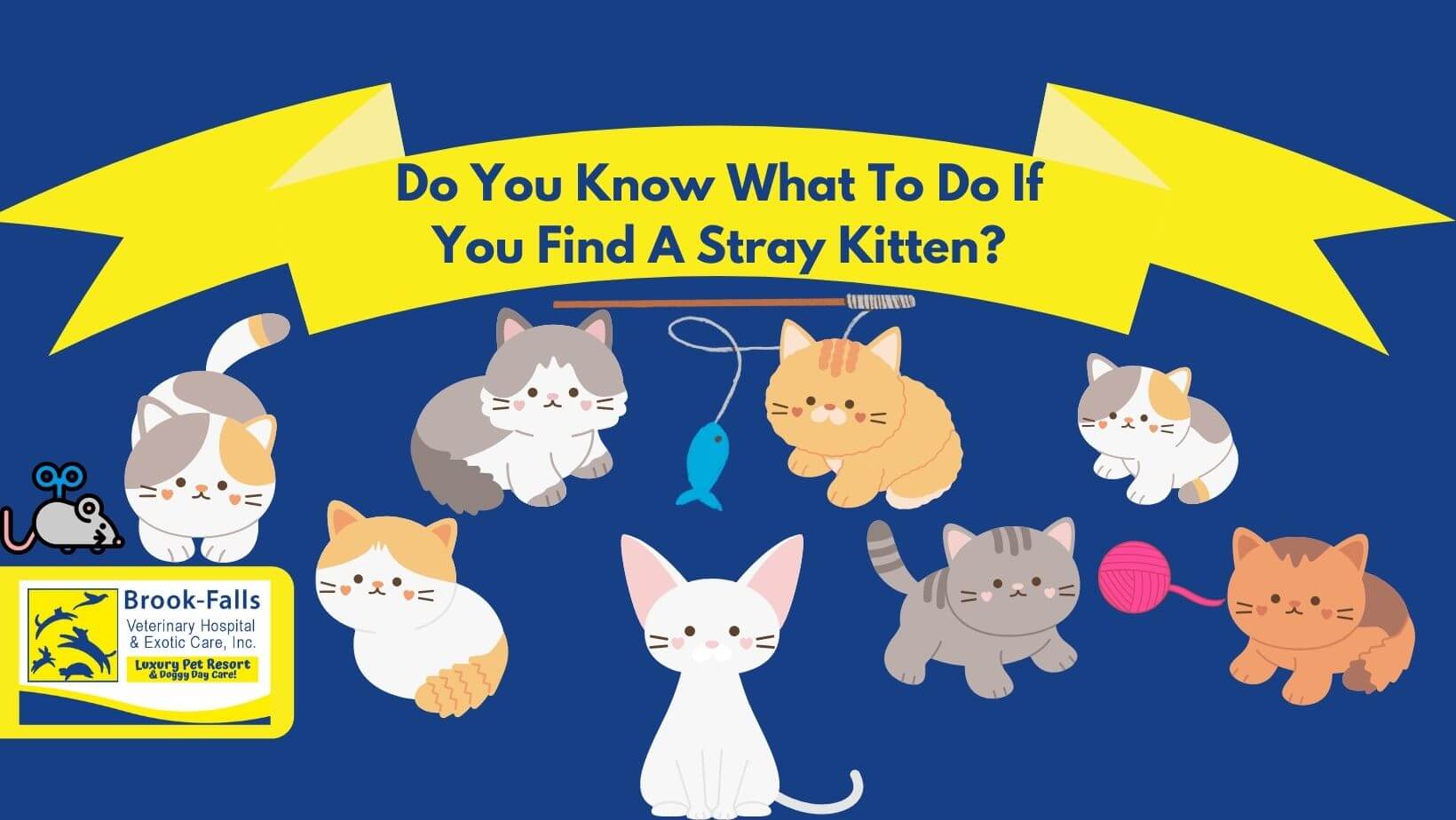
Do You Know What To Do if You Find a Stray Kitten?
‘Tis the kitten season! This time of year (April to late Autumn) is when a lot of stray kittens can be found. As the weather gets warmer many (unspayed or intact) cats go into heat which means hormones are driving her to find a mate. Often these indoor cats will bolt out an open door in pursuit of a male’s affections. Once a cat is pregnant, her pregnancy lasts about 2 months which means that most female cats can birth as many as five litters a year. That is a lot of kittens!
Do you know what to do if you run across a stray cat or kitten? A few of our employees volunteer their time at shelters and wanted to ensure that our clients know how they can help if they find stray pets. Wisconsin law requires that all stray animals be brought into a shelter or facility located in the municipality in which the animal was found to allow pet owners to claim their lost pets. The Wisconsin Humane Society can house strays in Ozaukee County, Door County, and most municipalities in Brown and Racine Counties. Brook-Falls is located in Waukesha county, so if you find a stray in the Menomonee Falls area, contact the HAWS (Waukesha County Humane Society). Strays found in Milwaukee County need to go to the Milwaukee Area Domestic Animal Control Commission (MADACC).
If you have found an adult cat, the first thing you should do is assess the situation. Does this cat look healthy or injured? Is the cat fearful or friendly? If the cat is not approachable or sick you need to call a humane society service. The shelter will best direct you on how to get the animal some help while keeping you safe. If the cat is friendly, you may be able to check for an identification collar or tags. If it has either form of those identifications, you should try contacting the owner from that information. If the friendly cat doesn’t have any form of identification, contact the shelter in your county to see if someone may have reported them missing. Cats are often found within a two-block radius of the homes. Ask your neighbors if they know the owner. If you do not have any luck locating the owners, your local shelter or veterinarian office can scan for a microchip to help locate the owner.
If you have found a kitten, once again the first step is to assess the situation. Does this kitten look healthy (chunky, well-fed, clean), and is it friendly? If the answer is yes, try waiting to see if mom comes back to care for the kitten. A healthy kitten should be left with its mom or brought into a local shelter in the county they were found in. Young kittens rely heavily on their moms and no human can care for the kittens as they can. If the kitten is sick (thin, lethargic, & dirty) or injured call your local county shelter immediately because unhealthy kittens cannot survive on their own.
Animals that are brought into shelters are held for 5 days before they are put up for adoption. During those 5 days, shelters will try and help find owners by blasting the lost pet’s information on social media outlets, lost pet flyers, and their shelter website. If the stray has not been claimed, then the cat/kitten will go up for adoption. Adult female cats need to finish nursing their kittens and kittens need to be able to eat solid cat food. Any time of the year is the best time to adopt a pet, but if you are looking for kittens to foster or adopt, consider doing so during kitten season (April until Early Autumn). This will help keep shelter life to a minimum for animals. If you are not in the market to adopt, please consider donating your time to help care for the kitten season boom by volunteering at your local shelter. If your spare time to help is not available, please consider making a monetary donation to help with spay and neuter programs. Your donation helps to decrease the stray cat population by stopping kittens from being born. Imagine donating enough money to spay one adult cat decreasing the unwanted stray population by up to 5 liters.
